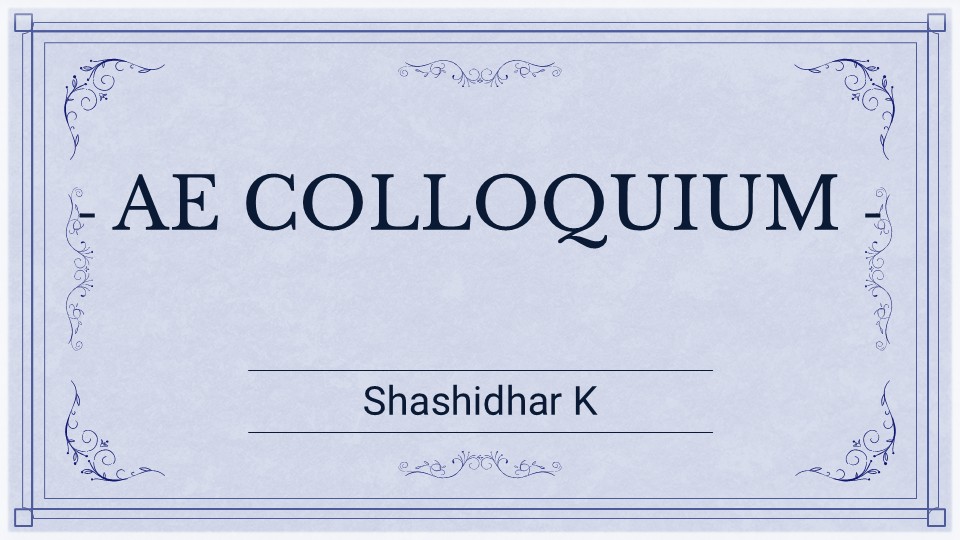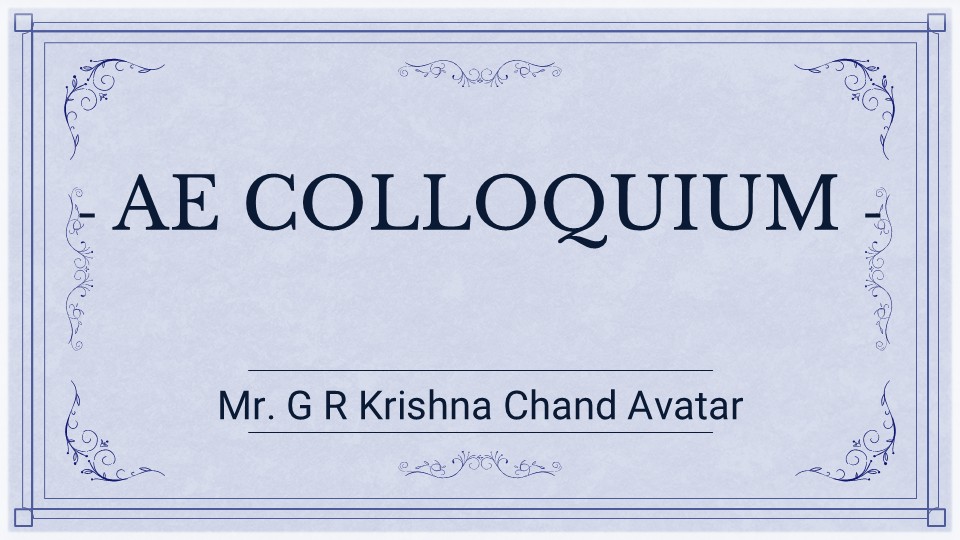
- This event has passed.
Ph.D. (Engg): Compressive behavior of continuous fiber polymer composites in the presence of process-induced defects
June 19 @ 3:00 PM - 5:00 PM

The current work examines how process-induced defects influence the compressive behavior of composite structures. The defects analyzed include wrinkles at the macroscale and fiber misalignment at the microscale. Uni-directional carbon fiber-reinforced polymer composites with intentionally created wrinkles were produced by strategically positioning laminate strips. Through comprehensive experimental characterization, the research thoroughly investigates the impact of wrinkle characteristics and their locations on compressive strength and failure modes. Furthermore, the study explores how these wrinkle features affect the final kink bandwidth, angle, and inclination. Fractographic analysis of the failed specimens identified several damage modes across different length scales, such as kinking, delamination, buckle delamination, crushing, fiber pullout, matrix cracking or failure, and fiber failure. These findings highlight the importance of considering the geometry of the wrinkles and the various damage modes at different scales when creating a numerical model to accurately predict the compressive behavior of the composite.
Utilizing the damage modes identified through experimentation, a three-dimensional repeating unit cell framework is used to investigate how various competing damage mechanisms—such as fiber failure, matrix plasticity and cracking, and fiber/matrix debonding—impact the compressive behavior of the composite material. A series of parametric studies is performed to evaluate the effects of factors like fiber volume fraction, fiber misalignment, and interfacial properties (including strength, fracture energies, and friction) on compressive performance. The results reveal a strong correlation between compressive strength and kink band characteristics with fiber volume fraction, fiber misalignment, interfacial shear strength, interfacial friction, and matrix cracking. This highlights the necessity of accurately characterizing the mechanical properties and geometric features of the composite constituents.
To account for the impact of realistic microstructures on compressive behavior, a two-step homogenization process has been proposed to reduce computational demands and improve the efficiency of the numerical model. In the first step, the model captures the homogenized elastic properties and longitudinal compressive behavior. These properties are then used as inputs for a model that consists of multiple domains discretized with Voronoi polygons, each assigned a specific initial fiber misalignment angle based on a statistical distribution. The homogenized compressive behavior has been validated against previous studies and shows strong agreement. Additionally, the proposed method has the potential to develop into a multiscale modeling strategy that predicts compressive behavior by considering variations in realistic microstructural characteristics.
Speaker: Shashidhar K
Research Supervisor : Prof. Kartik Venkatraman (on behalf of Prof Suhasini Gururaja)
